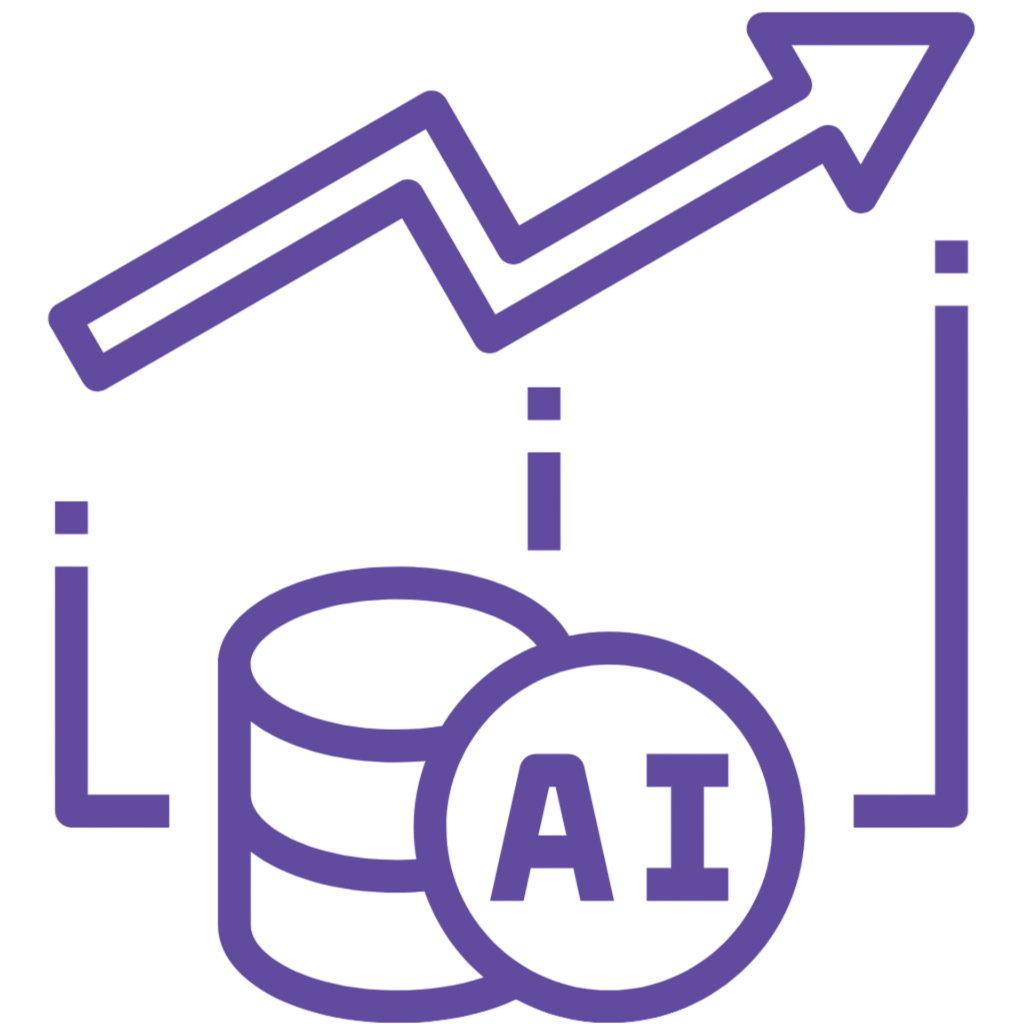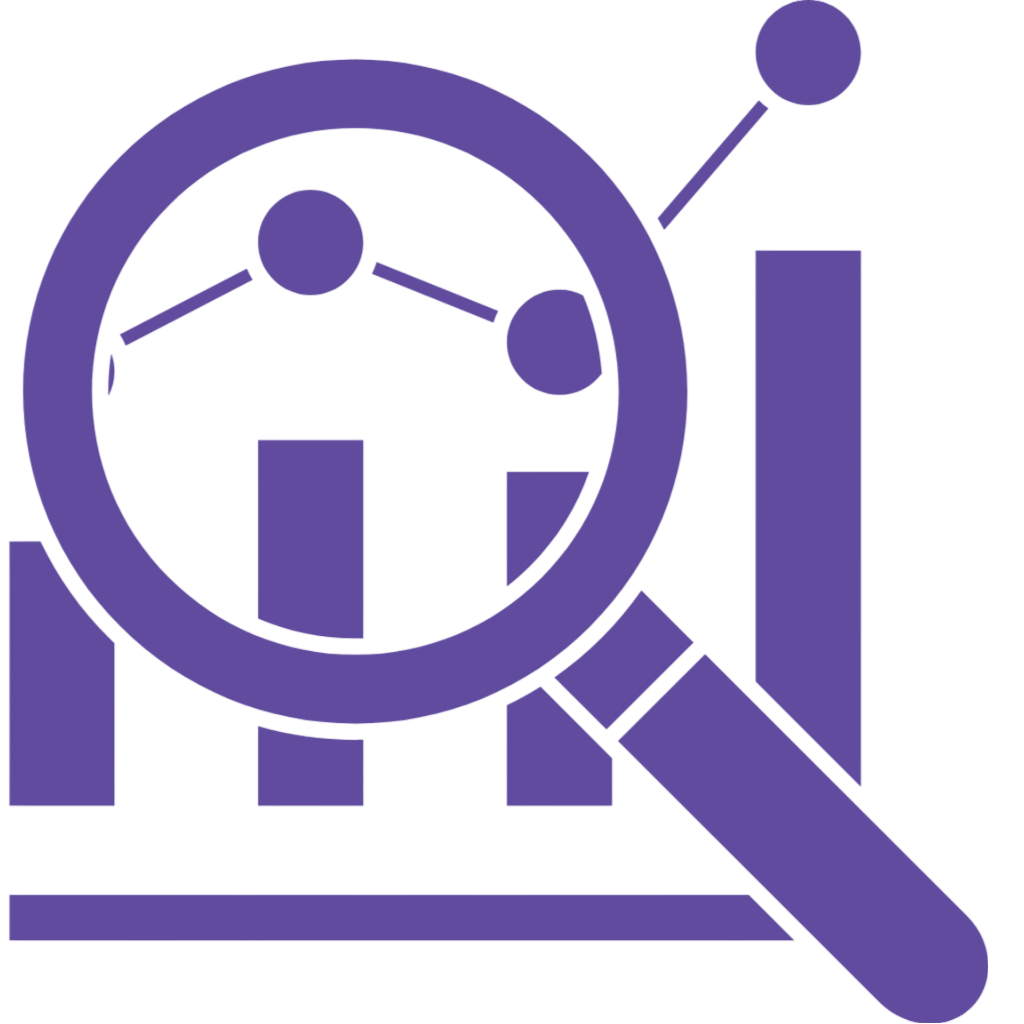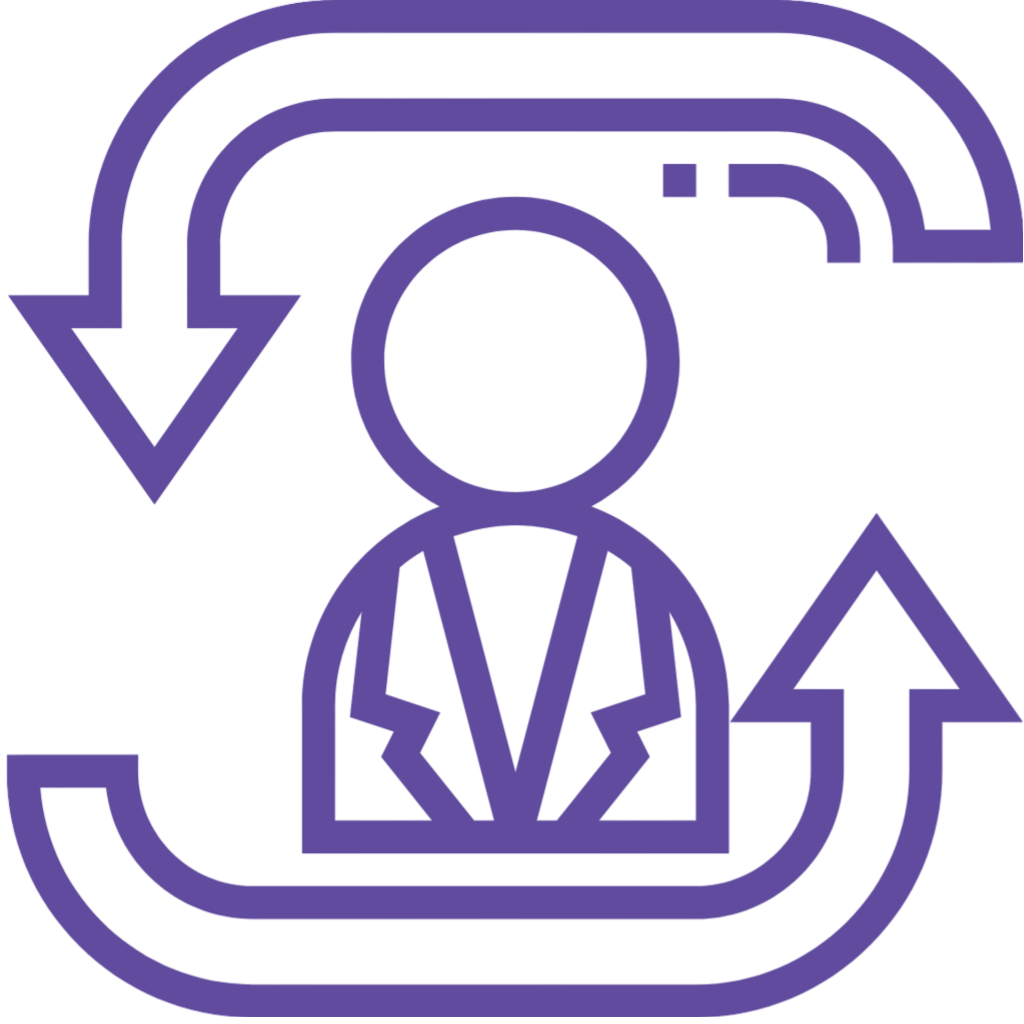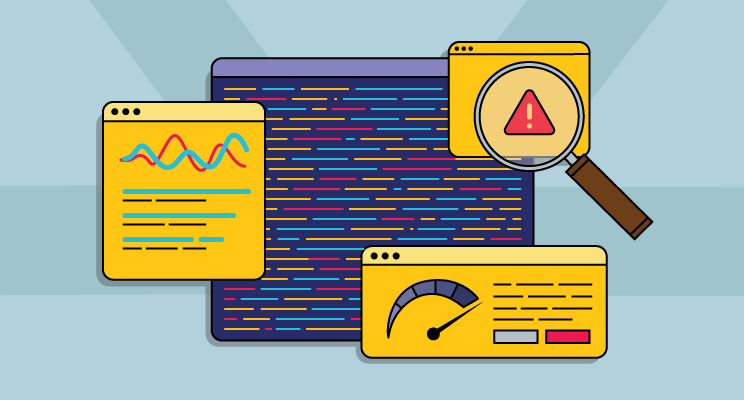In today’s data-rich landscape, traditional methods of log analysis are proving inadequate in managing the complexities and scale of modern IT environments. The advent of AI-driven log analysis and smart alerts represents a transformative leap forward, offering dynamic, intelligent, and context-aware insights that revolutionize observability.
Traditional log analysis methods often struggle with elevated noise levels, inundating teams with an abundance of alerts that lead to alert fatigue. Additionally, these methods lack context, providing limited information that necessitates further investigation to pinpoint root causes. Moreover, static thresholds set for alerts lack flexibility and require constant tuning to adapt to evolving environments.
AI-driven log analysis addresses these limitations by introducing adaptability, intelligence, and context-awareness. Through machine learning models, AI systems learn from historical and real-time data patterns, providing alerts based on trends, anomalies, and correlations. These alerts come enriched with detailed context, offering insights into potential impacts, root causes, and recommended actions. Unlike static thresholds, AI-driven systems continuously adapt, dynamically adjusting alert criteria based on evolving data.
Transitioning to AI-driven log analysis requires a cultural shift from reactive to proactive and predictive management. IT professionals must enhance their skill sets to encompass data analytics and understand AI model outputs seamlessly. Understanding the basics of AI and its application in log analysis is crucial for embracing this transformation effectively.
Examples vividly illustrate the contrast between traditional alerts and AI-driven smart alerts. In scenarios such as disk space utilization, application error rates, and network traffic anomalies, traditional alerts lack granularity and context compared to AI-driven smart alerts. Smart alerts offer detailed analysis, correlate issues with recent changes, and provide specific recommendations for troubleshooting, significantly enhancing IT operations and decision-making.
In conclusion, while traditional alerts play a crucial role in monitoring system stability, AI-driven smart alerts bring intelligence, context-awareness, and adaptability to log analysis, transforming it into a proactive, predictive, and efficient practice. Embracing AI-driven log analysis and smart alerts is not merely an option but an imperative for staying relevant and effective in today’s data-driven IT landscape. By leveraging the power of AI, organizations can navigate complex systems more efficiently, reduce noise, and focus on what truly matters for business success.










